What are the different truffle trees and how to choose them?
Each soil has its own truffle tree?
Few “neophyte” amateurs, of which we were one until recently, know this, but not only oaks are suitable for growing truffles. Another little-known fact is that not all oaks are suitable, even within the oak family. What’s more, those that are, have very specific characteristics to take into account if you want to optimise your chances of success.
We will try to shed some light on this by exploring, in particular, the latest findings in this area.
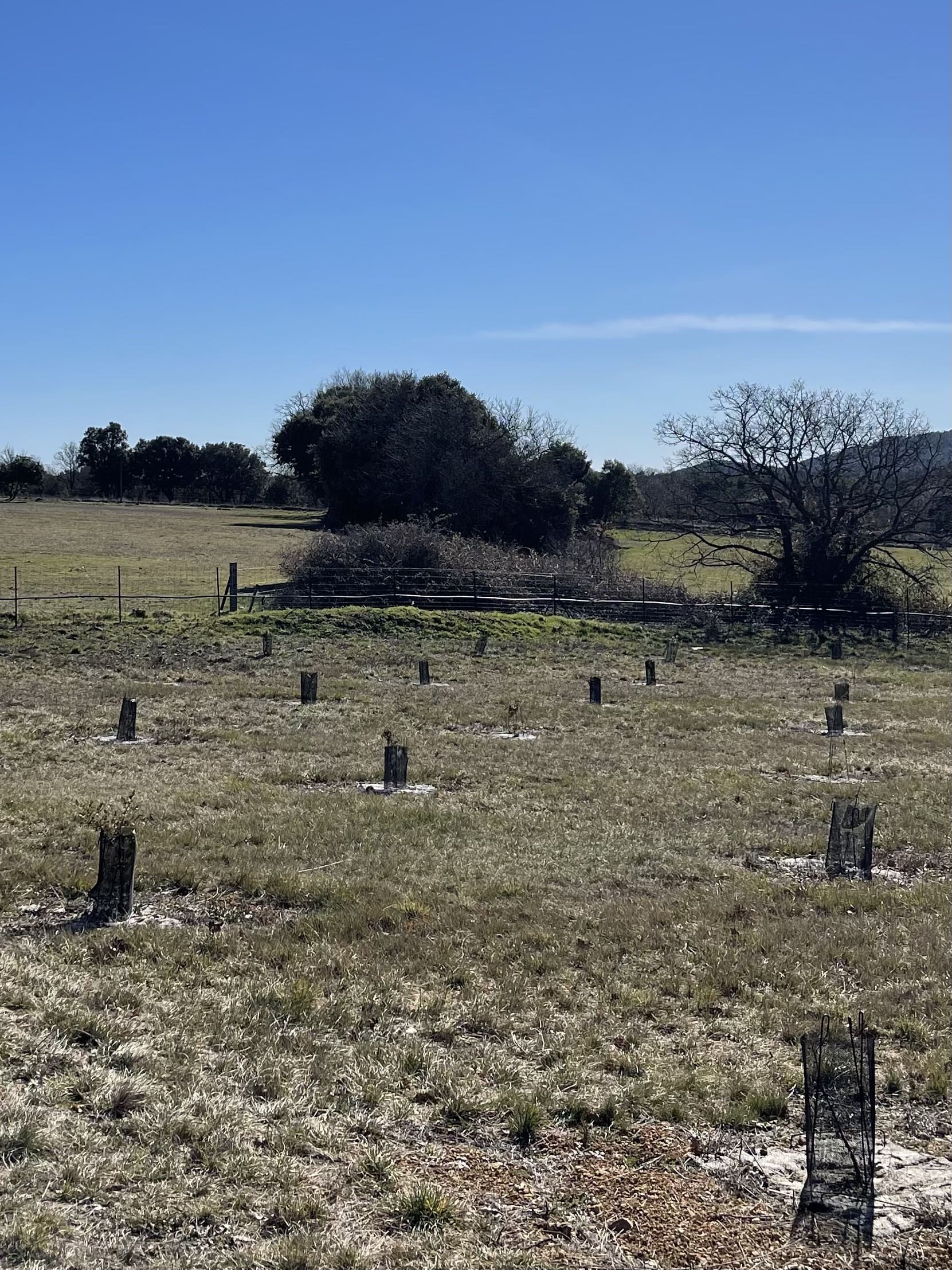
A few weeks ago we told you about the different truffle growing areas. As we said in our article, climate change and scientific progress in the field of technical itineraries have made it possible to grow truffles in a much wider geographical area than in the past. As a result, truffle-growing areas have become much more diverse.
Depending on the truffle-growing area, certain species of truffle trees are more suitable than others. Thus, one would rather choose an oak, a hazelnut, a hornbeam, a pine or a lime tree. As well as the terroir, it is also the terrain, its composition and its topology that will guide us towards the right choice.
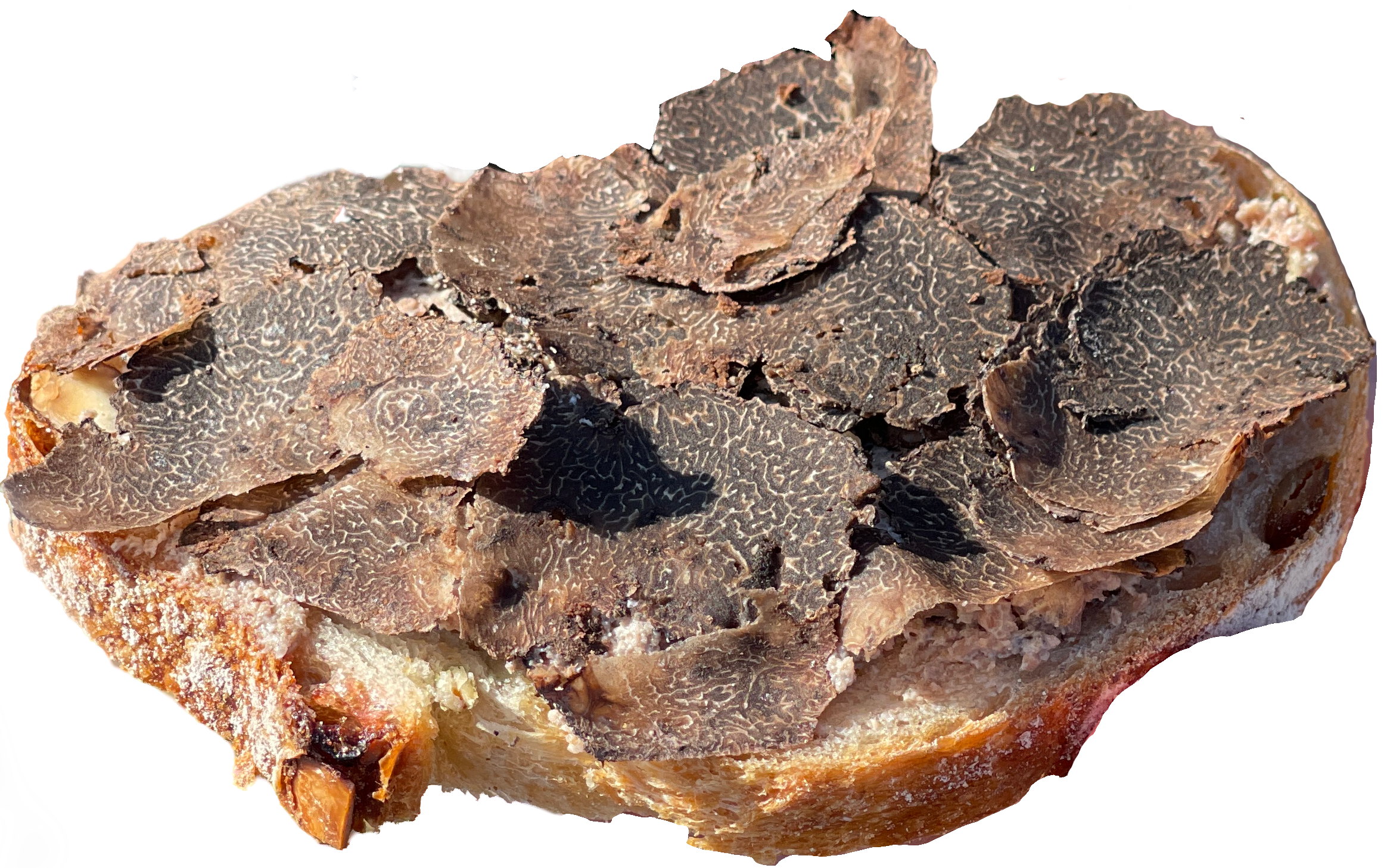
Vous cherchez des truffes fraîches ?
Touchez la tartine !
In the beginning there was the oak tree
In recent years, research into new species has intensified
Many of us associate the oak with truffle production. The truffle oak is indeed the most traditional species for truffle cultivation. But not all oaks have the same aptitude for truffle production. The main variety of oak that we will find in our French truffle fields is the holm oak. This tree is emblematic of the south of France and is very resistant to drought and heat, as well as adapting well to moderate cold. It can be found beyond the 35th parallel. It represents 60% of the truffle plants found in France. In addition, its cousins, the pedunculate oak, also known as the Michelin oak because it loses its leaves on Saint Michael’s Day, and the hairy oak, are both varieties that are very suitable for growing truffles in the limestone soils of southern France.
What are the different truffle trees beyond the oak?
The second most common truffle plant species in France is the hazelnut tree. More specifically, the common hazelnut is a relatively early producer (from 4 years old). However, it is relatively sensitive to contamination by Tuber Brumale. Therefore, particular care should be taken in the technical itinerary to preserve the development of Tuber Melanosporum mycorrhization. It is preferable, among other things, to grow it in a grassy environment.
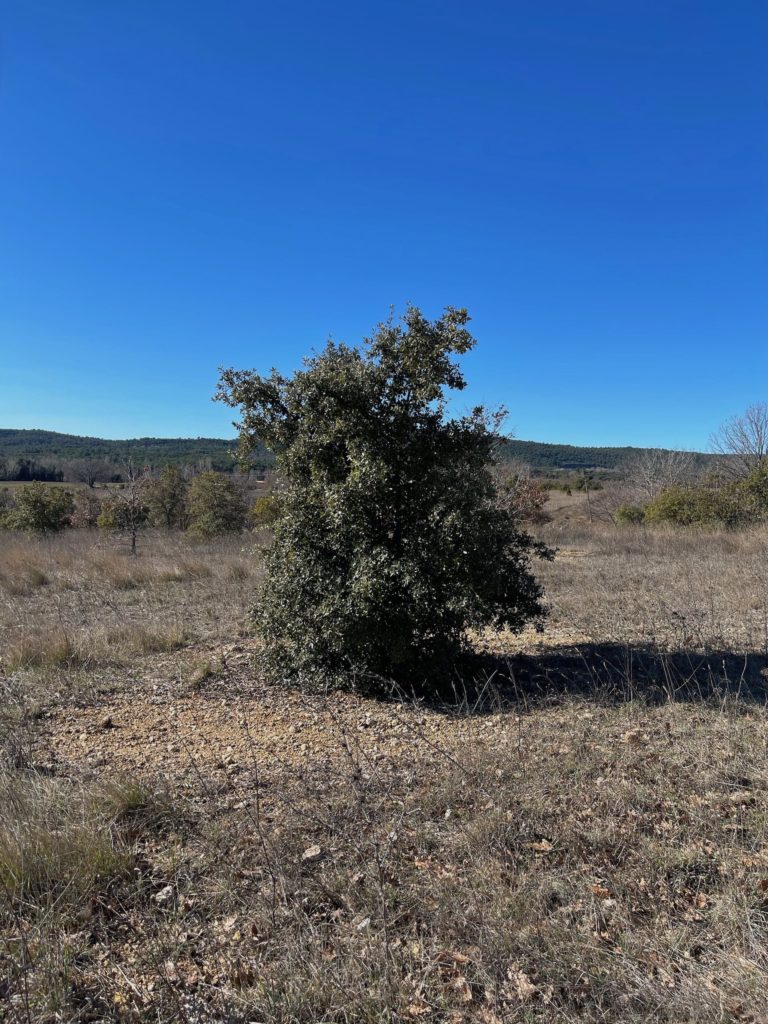
Its main characteristic is that it adapts to almost all environments, at all latitudes. In addition, it adapts much more easily to wetter conditions. However, without rigorous work, production will stop very quickly after the 12th year.
Another example is its cousin, the Byzantine hazelnut, which can grow up to 35 m high with a trunk of 1.5 m in diameter. Despite some local successes, this variety is still disappointing in terms of yield.
To complete the picture...
In recent years, research into new species has intensified. Always at the forefront of developments in this field, the teams at ROBIN Nurseries are of course able to offer one of the largest choices of mycorrhizal species. We can mention the hornbeam which, in addition to its natural elegance, adapts very well to deep, cool soil. Even more exotic is the Atlas Cedar.
Traditionally widespread in North Africa, the Cedar has adapted to our latitudes. It does not require much water and can withstand both hot weather and frost.
However, as for the Aleppo Pine, the Austrian Black Pine, the Kermes Oak, the Cistus or the Lime tree, we have not been able to find, to date, precise studies attesting to the performance of these choices in terms of yield. If you have any studies on this subject, we would like to hear from you. Do not hesitate to write to us via the contact page of the site.
To conclude, we must once again salute the natural curiosity of our truffle researchers who are proposing more and more species capable of adapting to a greater variety of soils and geographies. All this is obviously a step in the right direction to meet the challenges imposed by climate change but also to continue the development of French truffle growing. For our part, and true to the adage of not putting all your eggs in one basket, we will explore these new possibilities with curiosity and will be delighted to share our experiences with you in the coming years.
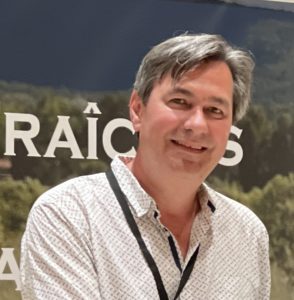
Christoph Langer
@lescaveurs • Sourcing, Recherche & Développement
Le néo-expert : passionné par la truffe en général et la truffe française en particulier, ses terroirs, son univers, sa préservation et son potentiel
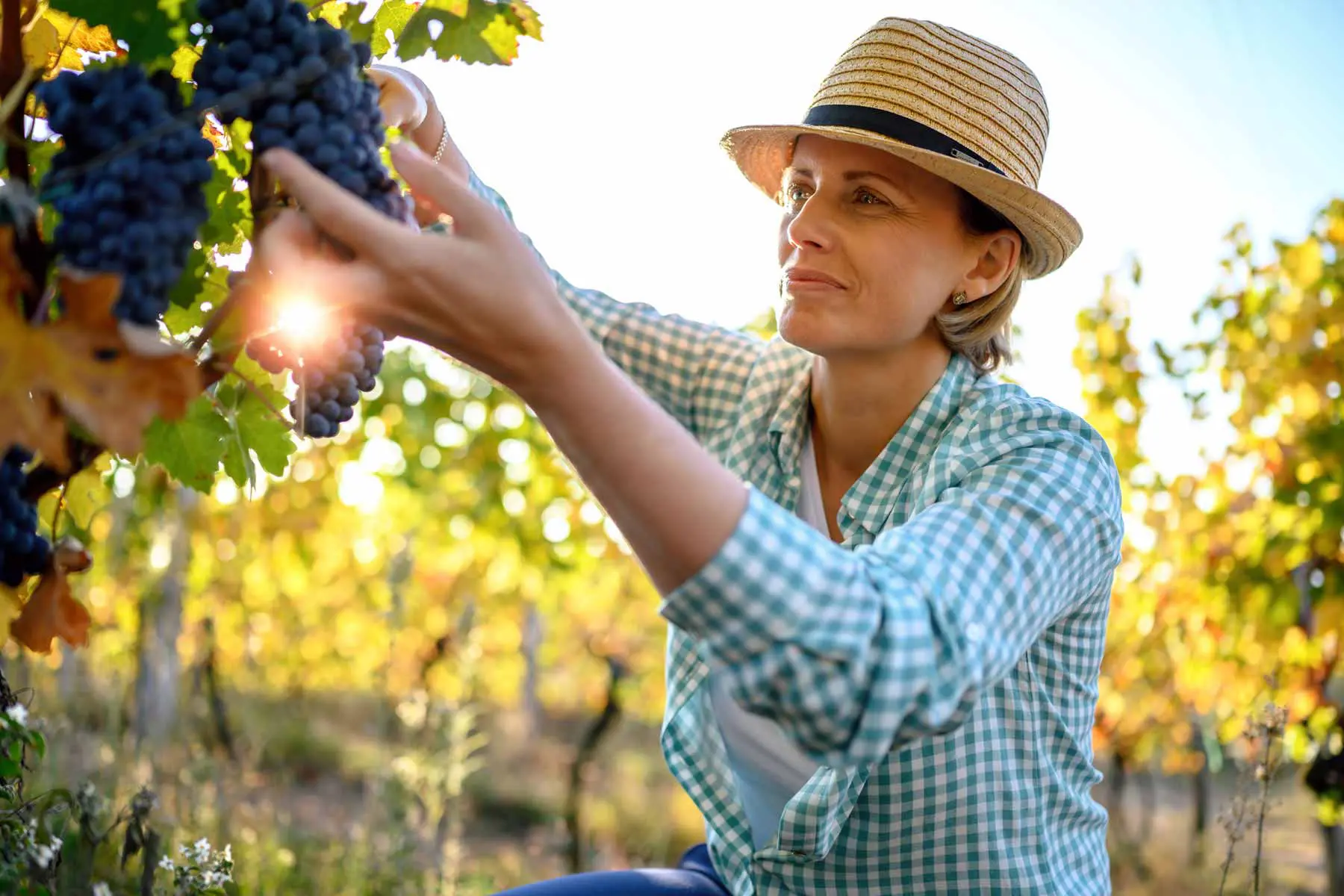
Katerina Monroe
@katerinam • More Posts by Katerina
Congratulations on the award, it's well deserved! You guys definitely know what you're doing. Looking forward to my next visit to the winery!
